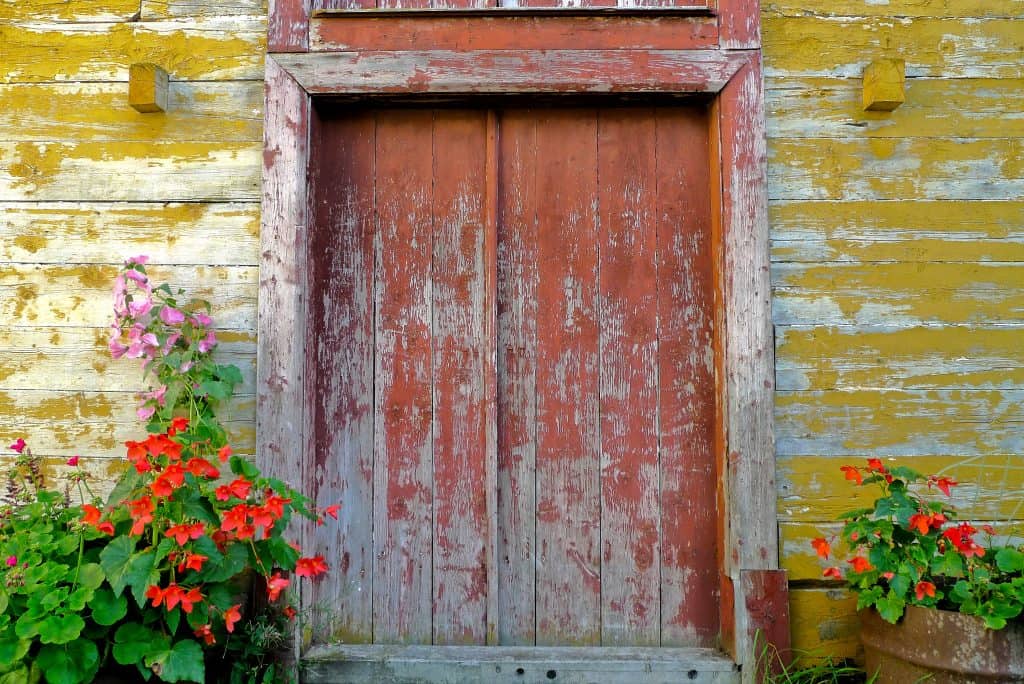What Is a Properly Prepared Surface?

What's a Properly Prepared Surface?
Read the instructions on any paint can (or paint data sheet) and the manufacturer always refers to a “properly painted surface”. The warranty is often voided without doing the recommended prep work.
A properly prepared surface should be clean & free of any moisture. It should be completely dry.
“Clean” can be defined as free of all grease, oils, dirt, dust, waxy substances, mold, mildew, chalk, and other contaminants.
Pressure Washing: This should always be done before painting a house. Pressure washing also helps to remove loose paint on siding, decks and fences.
Dirt and Chalk: These should be completely removed by scrubbing with warm soap & water.
Wax: Wax should be stripped off the surface with commercially available chemicals that are designed for this specific purpose. Look in the automotive or house cleaning departments of stores for wax removers and floor strippers to name a few.
Grease & Oil: Remove with a degreaser. Degreasers (Emulsifier) remove oil and grease off of surfaces including voids, and then converts the greasy oily matter into a soapy solution.
Prep After Cleaning:
Remove all peeling,cracking & blistering paint by hand sanding, hand scraping, wire brushing and/or by using power tools such as random orbital sanders, rotary sanders, palm sanders,floor sanders, belt sanders, media blasters, grinders, multi-tools, etc.
Rust: Remove any loose rust deposits & corrosive scale from metal substrates (surfaces). A wire brush attachment on a drill or an angle grinder works best for removing rust.
Repair Damaged Surfaces: Repair or replace any damaged or delaminated surface. This can be done by replacing with new wood or by using wood fillers,epoxy fillers,Bondo,fiberglass fillers, stucco patching compounds,portland cement,drywall compound or plaster for interiors, Fiba Tape,etc
Sand all the rough, (previously painted) edges and feather out the specific patching compound to the adjacent surface.
Glossy Surfaces: Sand all glossy surfaces lightly by "scuff sanding" or dulling the sheen level. This help to create a better bond with the primer or paint. You can also use a chemical deglosser applied with a cotton rag to achieve basically the same issue.
